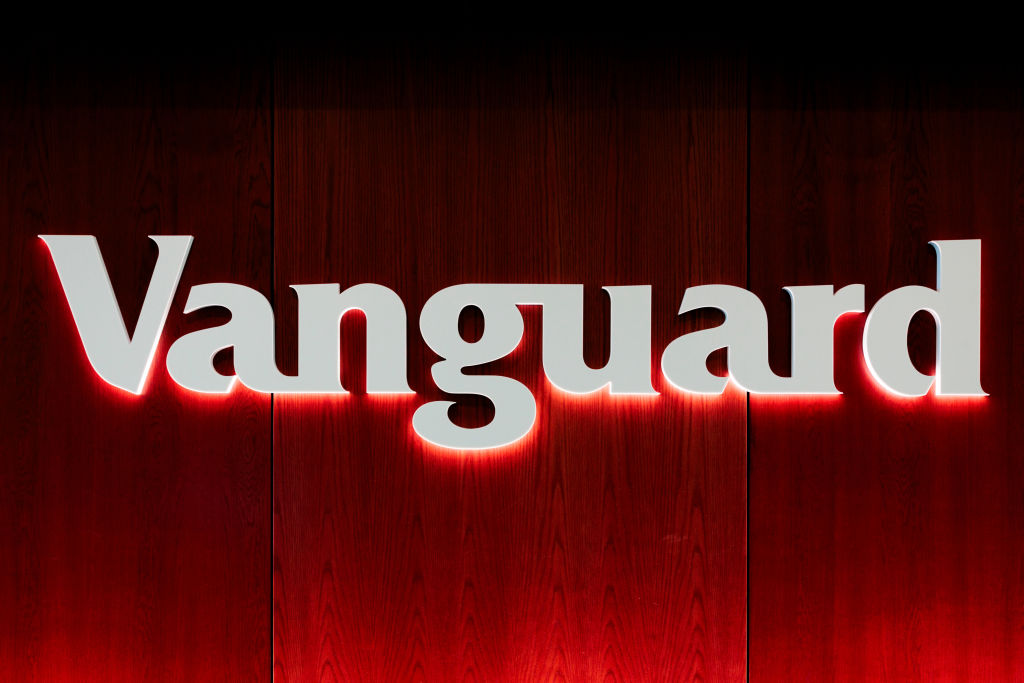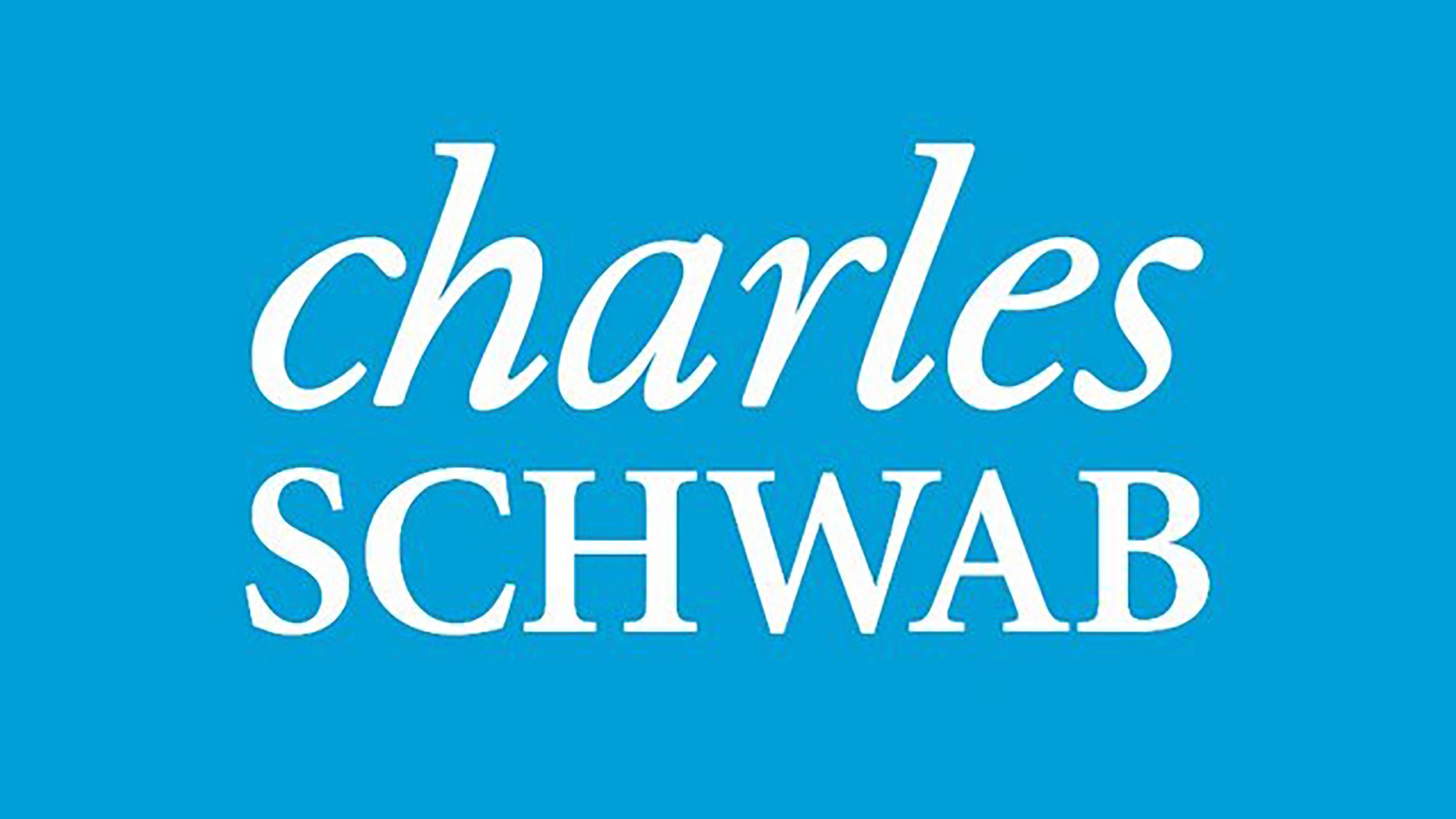The Best Mid-Cap ETFs to Buy
November 4, 2025
(Image credit: Getty Images)
(Image credit: Hannah Beier/Bloomberg via Getty Images)
Vanguard Mid-Cap ETF
- Assets under management: $89 billion
- Expense ratio: 0.04%
- 30-day median bid-ask spread: 0.02%
- 10-year annualized total return: 11.39%
In typical Vanguard fashion, the Vanguard Mid-Cap ETF (VO) slightly undercuts IJH on costs with a 0.04% expense ratio, just one basis point cheaper, but meaningful for large portfolios or long-term compounding.
Liquidity is similar, but performance has been stronger over the last decade.
VO tracks the CRSP US Mid Cap Index, a benchmark that targets companies between the 70th and 85th percentile of investable market capitalization.
Eligible stocks must have a total market cap above $15 million, a public float exceeding 12.5% and sufficient trading volume to ensure liquidity. The fund fully replicates the index, holding roughly 290 companies.
Learn more about VO at the Vanguard provider site.

(Image credit: Courtesy of iShares)
iShares Russell Mid-Cap ETF
- Assets under management: $44 billion
- Expense ratio: 0.18%
- 30-day median bid-ask spread: 0.01%
- 10-year annualized total return: 11.22%
The iShares Russell Mid-Cap ETF (IWR) is the sponsor’s alternative to IJH.
While more expensive, IWR is slightly more liquid and may appeal to traders. It tracks the Russell MidCap Index, one of the broadest mid-cap benchmarks, with more than 800 holdings.
Despite the higher cost, IWR serves a useful role for tax-loss harvesting.
Investors who sell IJH to capture losses can swap into IWR without violating the IRS wash-sale rule, since the two track different indexes and are not considered “substantially identical.”
Learn more about IWR at the iShares provider site.

(Image credit: Hannah Beier/Bloomberg via Getty Images)
Vanguard S&P Mid-Cap 400 ETF
- Assets under management: $4.6 billion
- Expense ratio: 0.07%
- 30-day median bid-ask spread: 0.06%
- 10-year annualized total return: 10.71%
If you prefer to stay within Vanguard’s ecosystem, the Vanguard S&P Mid-Cap 400 ETF (IVOO) is its version of the S&P 400 MidCap Index tracked by IJH.
On paper, IVOO is slightly less appealing, with a higher expense ratio and a wider trading spread. The difference comes down to ownership structure.
Vanguard operates as a cooperative owned by its fund shareholders, while iShares is part of profit-driven BlackRock.
It’s a subtle distinction, but some investors may prefer Vanguard’s alignment of interests over the long run.
Learn more about IVOO at the Vanguard provider site.

(Image credit: Courtesy of Charles Schwab)
Schwab U.S. Mid-Cap ETF
- Assets under management: $12 billion
- Expense ratio: 0.04%
- 30-day median bid-ask spread: 0.02%
- 10-year annualized total return: 10.25%
For investors prioritizing ultra-low costs, the Schwab U.S. Mid-Cap ETF (SCHM) is among the cheapest options in the mid-cap category.
Its 0.04% expense ratio translates to just $4 annually on a $10,000 investment. When competition is this tight, even a single basis point can matter over time.
SCHM tracks the Dow Jones U.S. Mid-Cap Total Stock Market Index, which includes about 500 companies.
This distinct benchmark also makes it a good tax-loss harvesting candidate for investors holding IJH, VO or other mid-cap ETFs, since the indexes differ.
Learn more about SCHM at the Schwab provider site.
Related content
Search
RECENT PRESS RELEASES
Related Post



